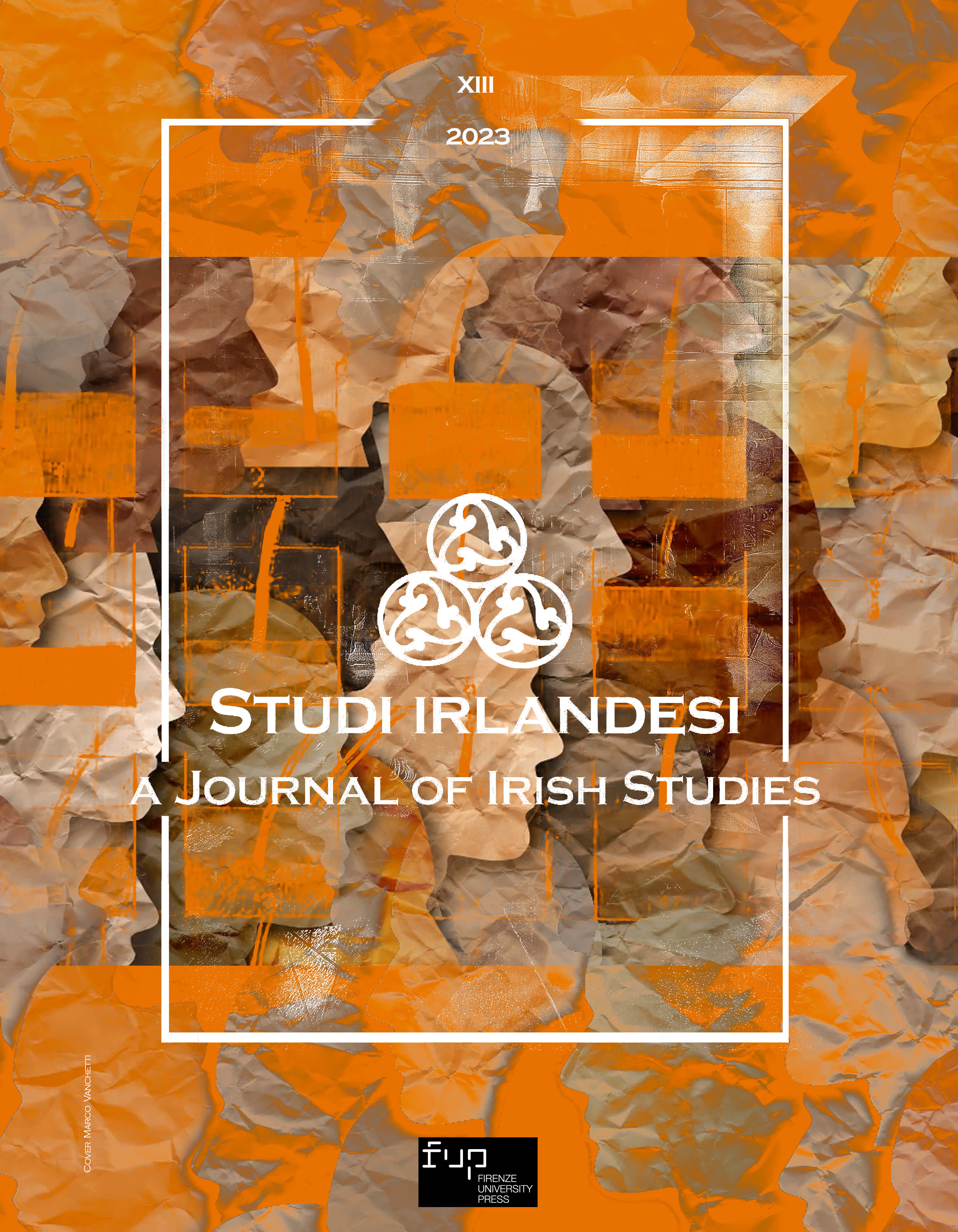Ireland’s Diplomatic Performance in the Mid and Late-Twentieth Century: A Model for Other Small States?
Pubblicato 2023-07-31
Parole chiave
- Diplomacy,
- European Integration,
- Late-Twentieth Century,
- Mid-Twentieth Century,
- Multilateralism
Come citare
Copyright (c) 2023 Hajer Gandouz

TQuesto lavoro è fornito con la licenza Creative Commons Attribuzione 4.0 Internazionale.
Abstract
After its intense phase of insularity, Ireland has reached a considerable diplomatic role. The past vulnerability of Ireland due to its subjection to colonialism made its domestic sphere and foreign agenda in the early 1920s insular. However, Ireland started to transcend its isolation as it showed more openness to the world in the mid-twentieth century. More specifically, Dublin, in the post-World War II context, began to exhibit its interest in having a more dynamic role in the international scene. In fact, Ireland displayed its engagement with matters that exceeded its domestic sphere through its membership in the United Nations. Its performance in such an Intergovernmental Organization unveiled the Irish devotion to principles like peace-keeping and collective security. This article aims to assess Ireland’s dynamic role, which started to appear in the mid-twentieth century. Besides, the late-twentieth century was also a significant phase for Dublin and its international presence. This epoch was characterized by Ireland’s integration into the European region. Most importantly, the phenomenon of globalization reached its peak at that time, and Ireland witnessed an unprecedented experience of economic opulence known as the Celtic Tiger. Focus should also be laid on Dublin’s interesting development in such a globalized climate. Its remarkable evolution, especially in the 1990s, tends to be considered a “model” for other small European and non-European states. Therefore, this paper attempts to scrutinize the extent to which other small states can learn from the example of Ireland.

